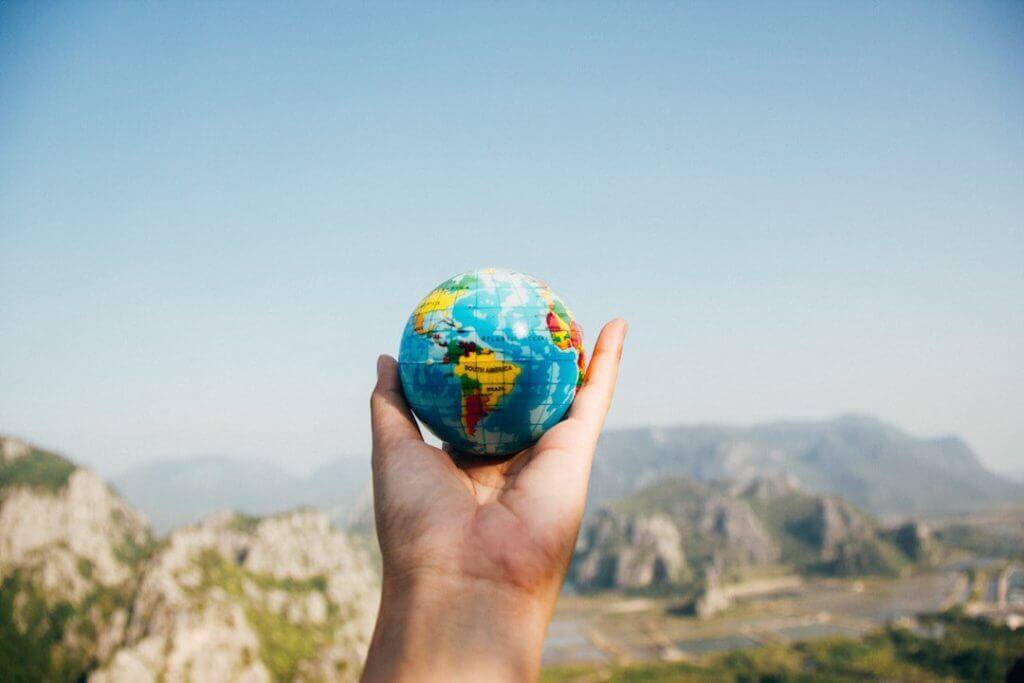
We have been keeping a close eye on consumer trends around the industry during this truly unprecedented time.
NB: This is an article from STR
The twists and turns of the COVID-19 pandemic have contributed to seismic changes in tourism, which has included the cessation of international travel for some countries. As a whole, we have witnessed long-lasting shifts in consumer behavior and attitudes, producing an increase in active travel, soaring levels of e-commerce and, yes, even ballooning rates of pet ownership.
Keen to take the pulse and measure the sentiment of global travelers, STR conducted quantitative research in late August and early September via its Traveler Panel. We set out to examine attitudes toward travel in this ‘new COVID world’ and to evaluate early experiences among travelers at a time when many economies had reopened and the industry was seeking to capitalize on pent up demand.
Subscribe to our weekly newsletter and stay up to date
Home or away: Where to go?
Overall propensity to travel in the next two years was below ‘normal’ as more travelers stated that they were less likely, as opposed to more likely, to travel compared with their normal behavior. The prospects for international travel were least positive as more than half of respondents expect to travel less (internationally) than normal in the next two years.Image

While the appetite for travel was lower than normal levels, a staycation boon among U.K. travelers and, to a lesser degree, European travelers will help to partially offset reduction in demand.Image

Pent up demand: Fact or fallacy?
The results above make for unpleasant reading for tourism businesses, particularly reliant on inbound international travelers. So, do our findings suggest that consumers will pause their travel planning in 2020 and, perhaps, in 2021 too?
For a small minority of travelers, the answer is “yes” while most are still planning at least one trip in 2020 or 2021. This finding is reassuring for the industry and highlights that despite the challenging economic situation and public health concerns due to COVID-19, consumers continue to demonstrate strong interest in travel and tourism experiences.Image

Evidence of pent up demand was most apparent among U.K. consumers as 67% of our panel of travelers stated that they were planning to undertake a trip before the end of 2020.
Tourism talk vs. tourism walk
We find currently that travelers demonstrate a continued, albeit lower compared to ‘normal’, interest in travel during this era of COVID-19. However, does that interest equate to actual bookings and nights in hotel rooms?
To assess travel engagement, we asked travelers if they had booked or undertaken overnight trips since 1 July 2020, as many destinations had fully or partially reopened following a period of lockdown or restrictive travel measures.Image

Altogether some 43% of travelers had booked and/or undertaken a trip within the last two months (i.e. between early July and early September). U.K. travelers were more likely than other travelers to interact with the industry during a period which saw economies beginning to adapt to life with COVID-19.
There was little evidence of divergence among travelers across age groups as those aged 16-34 demonstrated similar behavior in terms of trips booked and/or undertaken and, interestingly, those aged 55+ were more likely to have browsed and/or actively planned a trip compared to millennials.
The COVID factor
While around four in 10 had booked or undertaken an overnight trip since lockdown, the remainder (nearly 60% of respondents) had yet to venture out for an overnight trip. We set out to investigate how significant COVID-19 was in this context.Image

COVID-19 was flagged as a major reason for not booking or undertaking travel. Europeans seemed slightly less put off by the pandemic, but even among these travelers more than half stated the highest level of influence (5 of 5) regarding COVID-19 as a factor for not booking travel.
So, what are the biggest concerns among travelers when it comes to COVID-19?Image

The risk of quarantine along with health concerns were two key barriers to travel for respondents. Also, concerningly, just over half stated that the overall enjoyment of travel was diminished in the current environment, which is a somber note for an industry that has shown significant innovation and creativity to adapt experiences to keep customers safe and happy.
So, what’s next?
This rapidly evolving situation means that, at the time of writing in early October 2020, many economies adapting to COVID-19 may soon have to adapt in a tougher and more draconian way—some already have.
In the U.K at least, the ‘rule of 6’ and earlier closing times alongside existing social distancing measures are likely to further deepen the challenges for tourism and hospitality, and equally, further deter consumers from engaging with the industry.
However, one constant remains, consumer interest in and willingness to travel, although threatened by the current environment, continues to highlight strong underlying appeal for tourism and leisure experiences.
As the traditional summer high season in the northern hemisphere comes to an end, another constant is that we will continue to measure the pulse of travelers. Are you doing the same among your customers?




